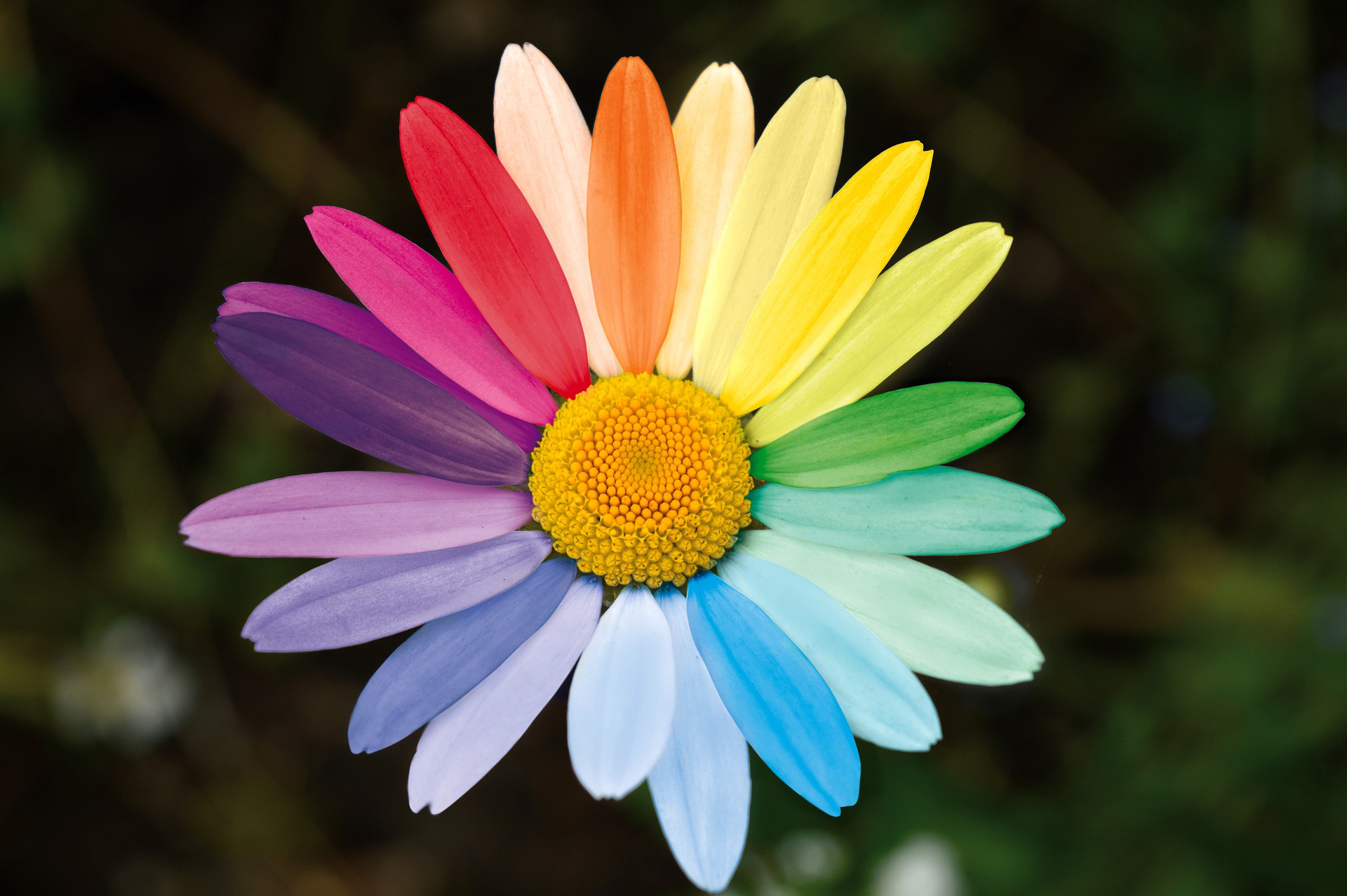
28 Sep The Colour Card of Hydrogen.
Hydrogen is a colourless gas, yet one can read about green, turquoise, blue, brown, pink and even yellow hydrogen, then, what do all these colours refer to?
In fact, the colour doesn’t refer to the gas itself but to its production. We are currently living an energy transition time and hydrogen is the best option to reach a clean and sustainable energy; however, we should choose the right colour.
Green hydrogen is produced from renewable non-polluting sources such as solar or wind power used to electrolyze water. Electrolysers split water into its two components: oxygen and hydrogen and therefore, produce no CO2. Its production is still very costly but the only one Governments such as the German consider. This means, the only one they allocate funds for.
In order to produce blue hydrogen, natural gas is used and thus, carbon dioxide is liberated too. Another name for this type of hydrogen is low-carbon hydrogen because the carbon produce is captured and stored but green-house gases aren’t avoided.
Grey hydrogen is produced from natural gas or methane but the green-house gases produced aren’t captured in this case.
Black or brown arethe opposite of green in the hydrogen colour card. This hydrogen is got from carbon or lignite and it is the most polluting of all the methods known to obtain hydrogen.
The hydrogen generated by means of electrolysis from nuclear power is called pink, purple or red hydrogen. The very high temperatures obtained by the nuclear reactors in the production of hydrogen could be used to produce hydrogen from steam or methane steam reformed.
We can also read about turquoise hydrogen. It is probably the most recent of the colours added to hydrogen colour list and it has not been tested at scale yet. This is a low-emission hydrogen if solid carbon is used or stored. This solid carbon is produced together with hydrogen by means of methane pyrolysis.
Let’s see now the yellow hydrogen. This is the hydrogen obtained by means of electrolysis from solar power.
And finally, the last colour, white. White hydrogen is the one found in nature. Until today, there are no plans to exploit this kind of hydrogen.
It is obvious that the hydrogen rainbow will lose colours as the technologies to obtain it are improved and become popular. It is likely that we will use all the colours before reaching the green one. To achieve the zero emission, several options to decarbonize homes, transport and industry will have to be explored.



